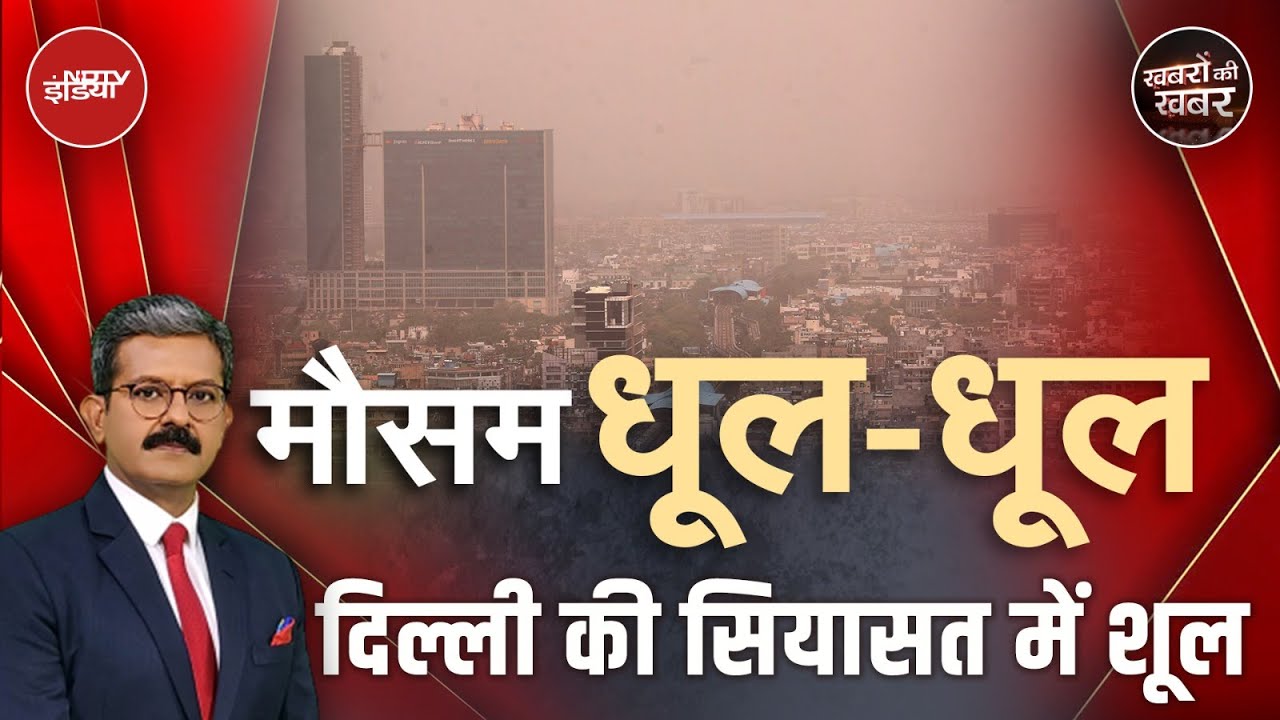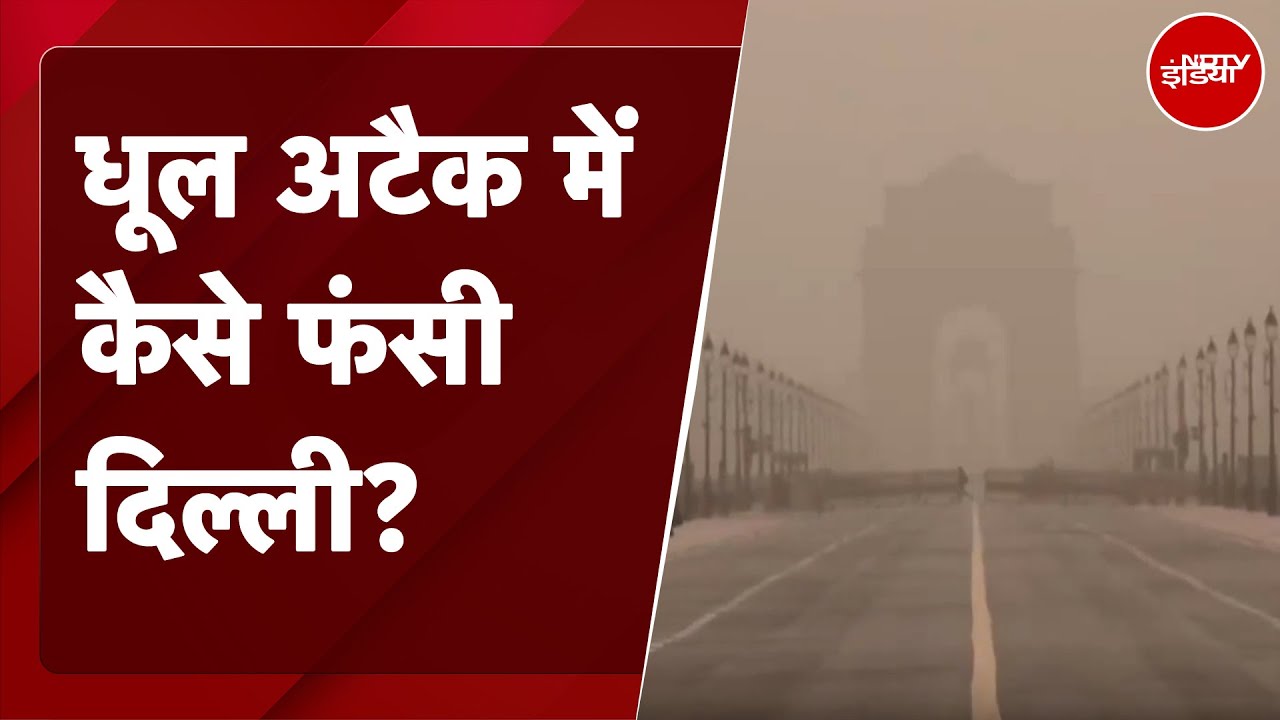- Home/
- Qutub Minar Is More Than Just Old And Tall: These 10 Facts Prove It
Qutub Minar Is More Than Just Old And Tall: These 10 Facts Prove It

Delhi wears its history like layers of old perfume - sharp, lingering, and impossible to ignore. From Mahabharata-era legends to Mughal domes and British bungalows, the city is one massive storybook of invasions, art, and empire. But if there is one monument that literally towers above the rest, it is the Qutub Minar. This soaring column in South Delhi is not just an architectural feat - it is a giant sandstone receipt from history saying, "We were here first." Whether you are into ancient architecture, medieval drama, or just want that perfect Instagram shot, Qutub Minar has something for everyone. Let us decode the facts that make this iconic minaret more fascinating than most people realise.
Also Read: 8 Local Experiences In Delhi That Are Actually Worth The Hype
1. Built To Celebrate A Win
Qutub Minar was commissioned in 1192 by Qutb-ud-din Aibak to mark his win over Delhi's last Hindu ruler. But he only finished the base. Iltutmish, his successor, added three floors, and Firoz Shah Tughlaq built the fifth. The tower reflects several rulers' ambitions over time. Also, standing at 72.5 metres, it is the tallest brick minaret in the world.
2. Not A Place Of Worship
The minaret stands in the Qutub complex, which includes one of India's earliest mosques, Quwwat-ul-Islam. However, the tower was never meant for prayer. It was built as a symbol of victory and authority.
3. Built 800 Years Ago, Still Taller Than Most Buildings
Standing at 72.5 metres, the Qutub Minar was built over 800 years ago without cranes, concrete, or bulldozers, and it is still standing tall. Name a skyscraper from today that can promise the same.
4. Designed With Two Scripts
The Minar's surface is carved with Quranic verses in Arabic. Look closely, and you will also find Nagari script. This mix of scripts shows that the Delhi Sultanate was not only expanding its rule but also blending cultures through its art.
5. The Iron Pillar Nearby Has Not Rusted In 1,600 Years
Behind the Minar stands the Iron Pillar of Delhi - a 7-metre-tall column that has refused to rust for over 1,600 years. Most experts say it was put up during Chandragupta II's rule and moved here later. What makes it weirdly impressive is that despite being out in the open for so long, it has barely corroded. Many scientists and historians are still puzzled about how it has lasted so well. It is a reminder that ancient India knew about metalwork long before we had fancy labs.
6. Has 379 Steps You Cannot Climb Anymore
Inside the tower is a narrow, winding staircase with 379 steps. Visitors have not been allowed to climb since 1981 after a tragic stampede. Still, those who made it to the top must have been rewarded with impressive views of the Qutub complex and the city beyond. It is easy to imagine how breathtaking it must have been, standing above Delhi's sprawling history.
7. Colour-Coded History
The first three floors of the Qutub Minar are made of red sandstone, while the top two are built using a mix of marble and sandstone. This change in materials traces the shift in rulers over time and also gives the tower a gentle shift in colour and texture as it rises. A little detail, but it tells you a lot.
Also Read: 6 Offbeat Activities That Let You Experience Delhi's Soul

8. Shows Up In Films, Art, Stamps - Basically Everything
From film scenes to fashion shoots, Qutub Minar has been Delhi's most photogenic landmark. It has appeared in tourism ads, currency notes, and even Instagram Reels. Simply put, it remains one of India's most recognisable and enduring monuments.
9. Still Hosts Festivals And Cultural Events
The Qutub Minar complex is not just a historical site - it is still very much in use. Heritage walks, cultural programmes, and the annual Qutub Festival bring music, dance, and visitors back to the space every year. The monument may be centuries old, but it is still a living, breathing landmark.
10. Built With Purpose. Survived With Stories
The Qutub Minar is not just a tourist attraction. It is a legacy of dynasties, design innovation, and Delhi's long-standing relationship with ambition. Even after earthquakes and lightning strikes, it stands, cracked in places, but never broken. A monument that aged, but never faded.
Also Read: Bhool Bhulaiya In Lucknow: This 240-Year-Old Maze Still Baffles Tourists Every Day
Best time to visit Qutub Minar
October to March is the best period. The weather is cool, the skies are clear, and walking around the complex is comfortable. November and February are also good months to visit Qutub Minar - fewer tourists and great light for those wide-angle shots.
Avoid May to July unless due to extreme hot weather that goes up to 45 degrees. With little shade around, the sun can be unforgiving.
Photographer's tip: Visit on weekday mornings to skip the crowds. If you happen to be there during the Qutub Festival in November or December, expect the monument to be lit up and buzzing with cultural performances - perfect for some night photography.
Opening hours: Daily, 7 AM to 5 PM
Also Read: Travelling Solo? 5 Tips To Capture Instagram-Worthy Photos On Your Own
How to reach Qutub Minar
By Metro: Get off at Qutub Minar Station on the Yellow Line. From there, it is about 1.5 km to the monument - walk or grab an auto or e-rickshaw.
By Bus: Several DTC buses stop at the Qutub Minar Bus Stop.
By Car or Taxi: From Central Delhi, expect a 30 to 60-minute drive depending on traffic. The complex is easy to find and has parking nearby.
also read
"Go Electric, Go Now" Message From G20 Sherpa Amitabh Kant To Tackle Delhi Pollution
Written by Ashwine Kumar SinghAir Pollution May Increases The Risk Of Premature Births, Says Study; How To Stay Safe
NDTVWorld Environment Day 2025: 20 Inspiring Messages To Tackle Pollution And Go Green
Edited by Nikhil Pandey
Latest Stories
- Written by Ashwine Kumar Singh | Friday June 06, 2025
Delhi becomes unlivable for three months a year, noted G20 Sherpa Amitabh Kant, underlining the severe economic and health burden of air pollution.
- Thursday June 05, 2025
The study published in the Environmental Science and Technology journal identified two substances 'cortexolone' and 'lysoPE(20:3)', which can elevate the risk of early births.
- Edited by Nikhil Pandey | Thursday June 05, 2025
World Environment Day 2025 urges global action against air, plastic, and river pollution with powerful messages promoting a greener, cleaner future.
- Press Trust of India | Wednesday June 04, 2025 , New Delhi
No bus should be allowed to enter Delhi from November 1, 2026, unless it runs on clean fuel like CNG, electricity or the latest BS-VI diesel, the Commission for Air Quality Management (CAQM) directed on Wednesday.
- Wednesday June 04, 2025
The announcement came from Delhi CM Rekha Gupta as part of the air pollution mitigation plan for the year.
................................ Advertisement ................................
Latest Videos
Opinion
Opinion | Why Indians Have Just Given Up On Air Pollution CrisisTanushree Ganguly
Friday December 20, 2024While some may argue that people in Delhi are now more aware of air pollution than they were a decade back, my rebuttal would be that awareness does not mean that people are concerned.
Opinion | You Must Outrage Over Filthy Air More Than Once A YearJyoti Pande Lavakare
Tuesday December 10, 2024Delhi welcomed us with monsoon rains and mangos. We were home. Fast forward a couple of years, in the winter of 2012, I found myself in denial about something other parents, mostly expats, were calling toxic air.
Opinion | Delhi's Air Pollution Situation Is Like A Bad MarriageNishtha Gautam
Friday November 22, 2024On a good day, such as today, the AQI reading in Delhi is 407. We are jubilant at the sickly sunshine trickling through the slightly dissipated smog. At least its not 1600.
दिवाली... पराली... सियासी जुगाली!Ashwini kumar
Monday November 18, 2024दिल्ली-एनसीआर में प्रदूषण का समाधान तो आज तक मिला नहीं. हर साल चिंतित होकर हम-आप सांसों की तकलीफ के साथ-साथ दिल और ब्लड प्रेशर के मरीज भी क्यों बनें?
घर में कैद बुजुर्ग और हांफते लोग, दिल्ली की सांसों में घुला ये कैसा रोग?Nidhi Kulpati
Friday November 08, 2024हमारी हवा जहरीली हो रही है. गुरुवार की शाम को जब मैं इस मुद्दे पर लिखने बैठी तो AQI लगातार 400 पार जाकर दम घोंट रहा था. बहुत लोगों को यह मामला बोरिंग लगे, लेकिन जब आप अपने साथ काम करने वालों को खांसते-हांफते देखते-सुनते हैं, तो चिंता होने लगती है. सुबह उठते ही दरवाजे खिड़कियां खोलने के लिए डॉक्टर मना कर रहे हैं. बड़े बुजुर्गों के लिए तो मॉर्निंग वॉक बाहर की दुनिया से सीधे संपर्क का ज़रिया है, लेकिन डॉक्टर इसकी भी मनाही कर रहे हैं.


















